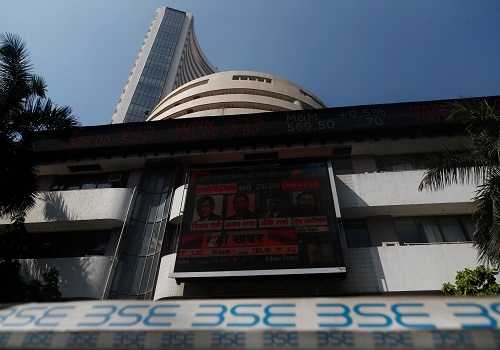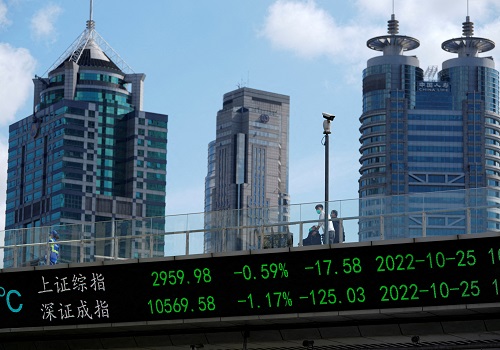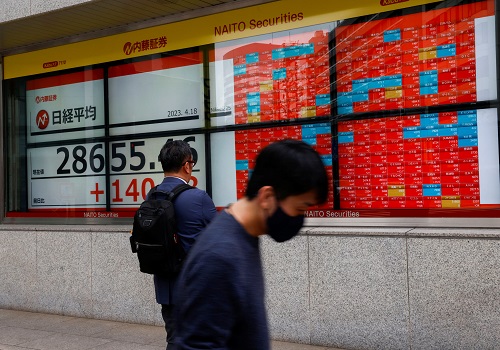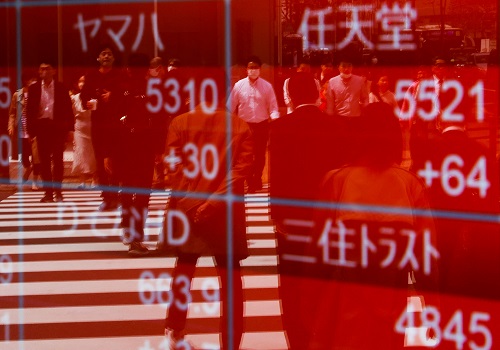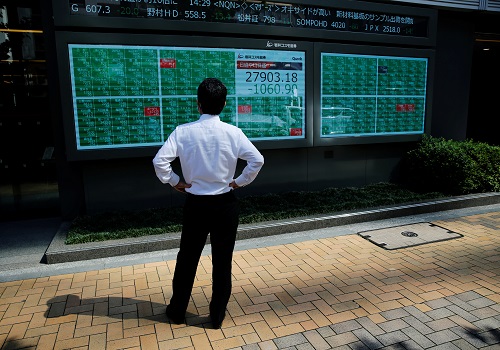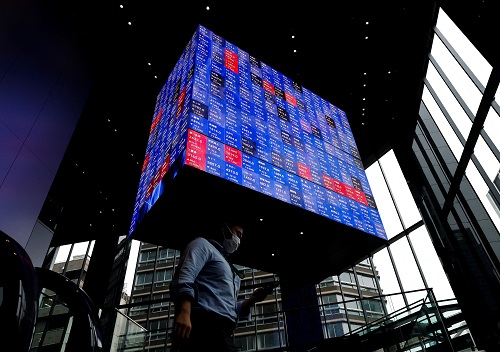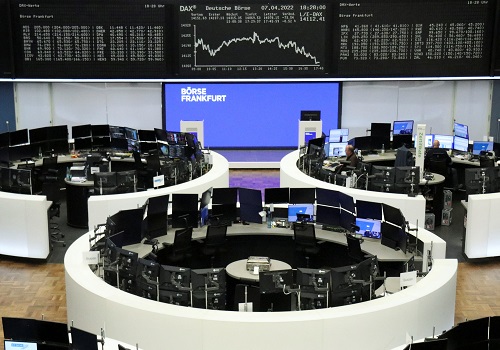Asia stocks listless as tough year ticks down
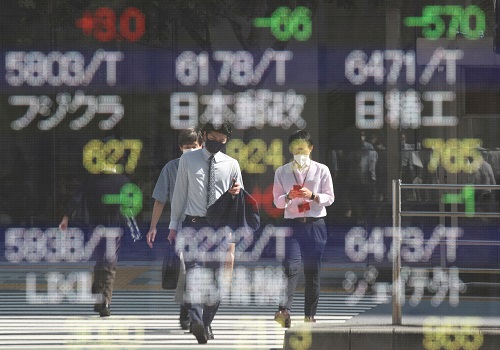
Follow us Now on Telegram ! Get daily 10 - 12 important updates on Business, Finance and Investment. Join our Telegram Channel
SYDNEY - Asian share markets got off to a listless start on Thursday as the spread of Omicron clouded what is the last trading day of the year for many exchanges around the globe, while oil was close to finishing 2021 with gains of more than 50%.
With coronavirus cases hitting record highs, many countries are trying to limit the economic damage by relaxing rules on isolation rather than resorting to lockdowns.
There was some positive economic data from South Korea where a 5.1% surge in November industrial output could signal an easing in global supply bottlenecks.
Still, 2021 has been tough for much of the region and MSCI's broadest index of Asia-Pacific shares outside Japan was flat on the day and down 6% on the year.
Chinese blue chips have also lost 6% led by big falls in techs as Beijing tightened restrictions on the sector.
Japan's Nikkei slipped 0.7% on Thursday, which left it with a modest gain of 4.6% for the year and some way from a three-decade top reached in September. Tokyo is shut on Friday.
Taiwan was an outperformer with a rise of 24% thanks to red-hot demand for computer chips amid limited supply.
BofA analyst Ajay Kapur sees some upside for Asian markets in the near term but is neutral from the second quarter onward given that is when global liquidity is likely to peak as the Federal Reserve stops buying assets.
He is also bearish on China on expectations the economy will continue to slow and company earnings disappoint.
S&P 500 futures eased 0.2% in early trade, while Nasdaq futures lost 0.3%.
Wall Street has had a stellar year thanks to upbeat corporate earnings and extraordinary helpings of policy stimulus. The S&P 500 is up a hefty 28% and looking at its strongest three-year performance since 1999.
The Nasdaq is ahead by 22% on the year, though much of that is due to stratospheric increases in the value of just seven tech groups - Apple alone makes up 11% of the index.
Bond markets have been stressed by the persistence of U.S. inflation and a resulting hawkish turn by the Fed, with investors now pricing a first rate hike as early as March or May.
Two-year yields have shot up 55 basis points since September to stand at 0.75%, near the highest since March last year.
Longer-term bonds have suffered relatively less and the yield curve has flattened markedly, suggesting investors are wagering a more aggressive Fed now will mean slower inflation and growth in the future and a lower peak for rates.
On Thursday, 10-year yields were up 6 basis points for the week at 1.55% but well below the 1.776% peak hit in April.
The Fed outlook has combined with safe-haven flows to underpin the U.S. dollar, though it ran into some profit taking overnight as the euro bounced to $1.1351 and away from a November trough of $1.1184.
Much of the action came in the yen, which has run into broad year-end selling over the past week or so. The euro reached its highest since mid-November at 130.53 yen, as did the dollar at 115.04 yen.
In commodity markets, gold was steady at $1,804 an ounce, though that left it 5% lower for the year.
Oil prices rose on Wednesday, after government data showed U.S. crude inventories fell last week, offsetting concerns that rising coronavirus cases might reduce demand. [O/R]
That set the seal on a spectacular year for oil as Brent climbed more than 50% amid limited supplies, adding considerably to the global inflation pulse.
On Thursday, U.S. crude was off 9 cents at $76.47 per barrel, while Brent had yet to trade at $79.23.
(Editing by Shri Navaratnam)






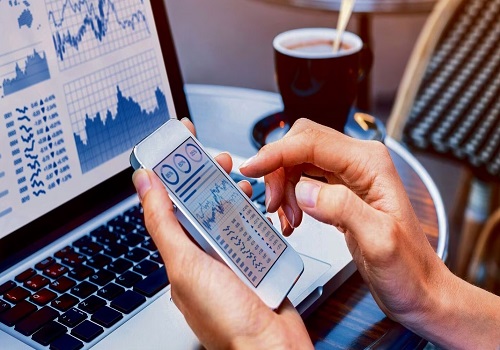





 320-x-100_uti_gold.jpg" alt="Advertisement">
320-x-100_uti_gold.jpg" alt="Advertisement">

